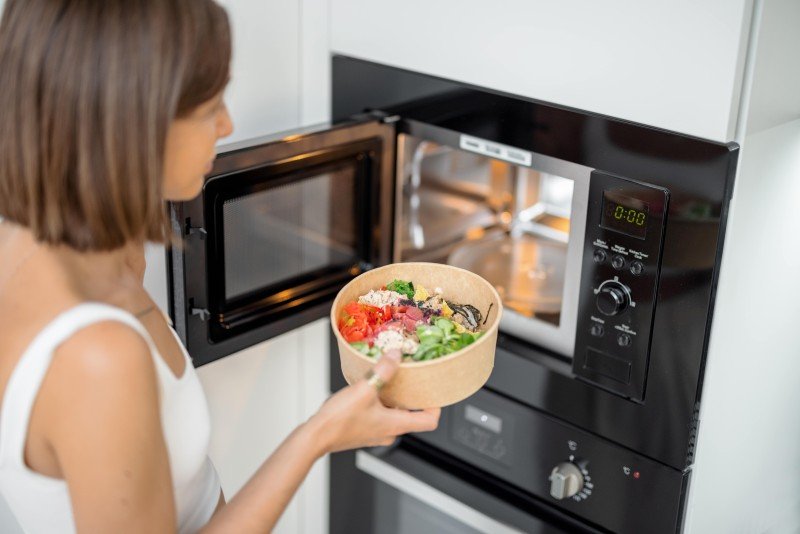The Essential Guide to Oven Hobs: Selecting the Right One for Your Kitchen
When it pertains to home cooking, few appliances are as vital as the oven hob. This flexible tool is vital for a variety of cooking approaches-- boiling, frying, simmering, and sautéing. Provided the myriad of alternatives readily available on the marketplace, selecting the perfect oven hob for one's kitchen can be daunting. This post aims to supply a thorough take a look at oven hobs, discussing their types, performances, advantages, drawbacks, and crucial considerations when purchasing one.
Comprehending Oven Hobs
Oven hobs, frequently called cooktops, are flat cooking platforms that feature burners or heating elements. They can be integrated with an oven or stand-alone. The option of an oven hob can substantially impact cooking efficiency and convenience.
Types of Oven Hobs
Oven hobs are available in various types, each with unique functions. Below are the most typical types readily available:
| Type | Description | Advantages | Disadvantages |
|---|---|---|---|
| Gas Hobs | Uses natural gas or lp | Immediate heat and exact temperature control; works well with all pots and pans | Needs a gas connection; less energy-efficient than electric |
| Electric Hobs | Usage electric coils or convected heat | Easy to clean up; consistent heat distribution | Slower to heat up; can be less responsive than gas |
| Induction Hobs | Uses electromagnetic fields to heat cookware directly | Fast cooking; energy-efficient; simple to tidy | Requires suitable pots and pans; generally more costly |
| Ceramic Hobs | Flat glass-ceramic surface area with glowing heat | Aesthetically pleasing; easy to tidy | Can be prone to scratching; slower to heat than induction |
Key Features of Oven Hobs
When selecting an oven hob, numerous features must be taken into consideration:
- Size & & Configuration: Available in various sizes, oven hobs can accommodate numerous pots and pans. Standard alternatives are normally 30, 36, or 48 inches broad.
- Power Output: Look for hobs with differing power levels for different cooking procedures. High-powered burners are outstanding for boiling, while lower-power ones can be utilized for simmering.
- Control Types: Choose in between knob controls and touch controls. Knobs offer tactile feedback, while touch controls provide smooth designs and extra performances.
- Security Features: Options like automated shut-off, kid locks, and flame failure gadgets are essential for avoiding accidents.
- Ease of Cleaning: Choose models with smooth surfaces or detachable parts for simple maintenance.
Benefits and Disadvantages
Comprehending the advantages and disadvantages of various oven hobs can help in making an informed decision.
Benefits
- Versatility: Suitable for numerous cooking approaches, from boiling to frying.
- Speed: Many hobs heat quickly, particularly induction designs.
- Energy Efficiency: Some choices, like induction hobs, can decrease energy intake compared to conventional approaches.
Downsides
- Cost: High-end designs, particularly induction hobs, can be pricey.
- Setup: Gas hobs need expert setup and a gas supply, which might incur additional costs.
- Compatibility: Not all cookware deals with induction hobs, requiring additional purchases.
Purchasing Considerations
When selecting an oven hob, consider the list below elements:
- Cooking Style: Assess how often and what kind of cooking you do to determine the best hob type.
- Kitchen Layout: Measure your kitchen area to ensure the hob fits and matches other appliances.
- Budget: Determine how much you are ready to invest. Consider setup and the expense of any required pots and pans.
- Energy Source: Evaluate the accessibility of gas or the electrical capacity of your kitchen to decide between gas and electric options.
FAQs About Oven Hobs
Q1: What is the distinction between a cooktop and an oven hob?A cooktop and an oven hob usually describe the exact same home appliance. However,"cooktop "is a broader term that includes both standalone hobs and integrated systems with ovens. Q2: Can I use any cookware on an induction
hob?No, induction hobs need ferrous( magnetic)cookware
to work. Pots and pans made of material like stainless steel or cast iron appropriates, while aluminum and copper without magnetic properties are not. Q3: How do I clean my oven hob properly?Cleaning methods depend on the type of hob.
Generally, a moist cloth and moderate detergent work for glass-ceramic surface areas, while a specific hob cleaner is perfect for induction. Gas hobs need taking apart burners for comprehensive cleaning. Q4: Are induction hobs safe for cooking?Yes, induction hobs are generally safer than gas hobs as they do not produce an open flame,and the surface cools off quickly. The majority of models also feature kid safety locks. Q5: How typically need to I change my oven hob?The life-span of an oven hob differs based on the type and usage. Usually, they last around 10 to 15 years.
Routine upkeep can assist extend this duration. Choosing the best oven hob for your home can significantly boost your cooking experience. With Cheapest Fan Oven of the types, features, benefits, and considerations, anyone can make an informed option. From Electric Ovens Online of gas to the efficiency of induction, there is a hob matched to every cooking requirement. Ultimately, the best oven hob can change cooking from an ordinary job into an art type, enabling cooking enthusiasts to create scrumptious meals with ease.

